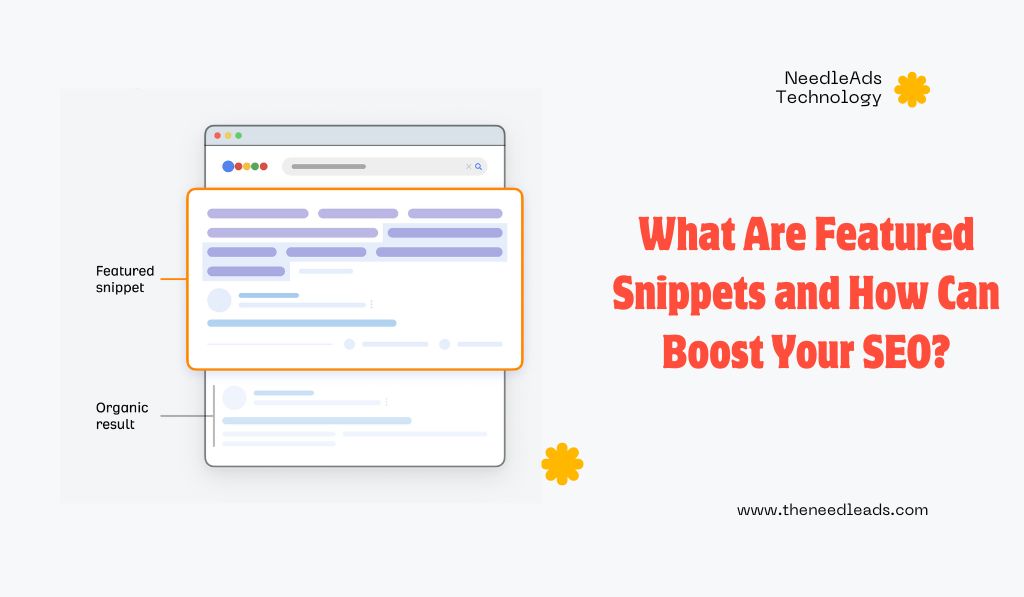Increasing organic traffic to a website is essential for any business or individual looking to expand their online presence without spending a fortune on paid ads. In this guide, we’ll explore effective strategies for increasing website traffic organically and driving sustainable, quality traffic to your site. We’ll cover practical steps, optimization tips, and best practices to help you increase organic traffic to your website in ways that align with search engine algorithms and user needs.
1. Focus on High-Quality Content
Creating high-quality, valuable content is one of the most effective ways to increase organic traffic. Content is the foundation of any successful organic traffic strategy, as it’s what visitors come to your site for. Here’s how to improve content to boost organic traffic:
- Provide Value: Address the needs, questions, or pain points of your audience. Content that solves problems or adds value will naturally attract more visitors.
- Use Keywords Strategically: Incorporate keywords like “how to increase website traffic organically” and “how to get organic traffic on website” naturally into your content. Use them in headings, subheadings, and throughout the text, but avoid keyword stuffing.
- Create Long-Form Content: Longer content often performs better in search rankings. Aim for articles of 1,000+ words, covering topics in depth.
2. Optimize for SEO (Search Engine Optimization)
SEO is essential for increasing organic traffic to a website. By optimizing your site to be more search-engine friendly, you can improve your rankings and make it easier for users to find you. Here are the core areas of SEO to focus on:
- On-Page SEO: This includes keyword optimization, using descriptive URLs, adding alt text to images, and ensuring each page has a unique meta title and description.
- Technical SEO: Make sure your website is fast, mobile-friendly, and free from errors. Search engines favour websites that provide a smooth user experience.
- Link Building: Building backlinks from reputable sites is a powerful way to increase organic traffic. Reach out to industry-relevant blogs, websites, or influencers for guest post opportunities or link-sharing.
3. Write for Search Intent
When creating content, consider the intent behind user searches. Are they looking for answers, products, or services? Writing content that directly addresses what users are searching for helps increase organic traffic and keeps visitors on your page longer.
- Informational Searches: If people search for “how to increase website traffic organically,” they’re likely looking for educational content. Aim to provide clear and actionable tips.
- Navigational Searches: Ensure that your website has a logical structure and easy navigation so that users can find what they need quickly.
4. Use Long-Tail Keywords
Long-tail keywords are longer, more specific keyword phrases that often have lower competition but attract highly targeted traffic. Examples include “How to increase organic traffic for small businesses” or “Tips to increase organic traffic to a website without ads.” By targeting these, you can attract visitors who are closer to making a decision and likely more interested in your specific content.
5. Improve User Experience (UX)
A user-friendly website improves engagement and retention, signalling to search engines that your site is valuable to visitors. Good user experience encourages users to stay on your page longer and explore other pages, both of which are positive signals for organic ranking.
- Mobile Optimization: With more users browsing on mobile devices, it’s crucial to have a responsive design. Ensure text is readable, navigation is easy, and loading times are fast.
- Page Load Speed: A slow site drives visitors away and can harm your rankings. Use tools like Google PageSpeed Insights to check and improve your page speed.
6. Leverage Content Marketing Strategies
Content marketing encompasses a range of tactics, such as blogging, video creation, and infographics, to engage your audience and attract traffic. Here’s how you can use different content types to boost organic traffic:
- Blogging: Regularly publishing blog posts about topics related to your keywords helps increase organic traffic. Write posts that answer questions and solve problems your audience may have.
- Video Content: Video is one of the most engaging forms of content today. Consider creating video tutorials or summaries of your blog posts to reach a wider audience.
- Infographics: Infographics are highly shareable, visually appealing, and effective for conveying information quickly. They also increase the likelihood of your content being linked back to other websites.
7. Optimize for Featured Snippets
Featured snippets are the short answers or summaries that Google sometimes shows at the top of search results. If your content appears in a featured snippet, it can greatly increase organic traffic to your website.
- Structure Your Content for Questions and Answers: Organize your content in a question-and-answer format. For example, if you’re writing about “how to get organic traffic on the website,” use that question as a header and provide a brief answer directly below.
- Use Lists and Tables: Structured data, such as numbered lists and tables, increases the chances of being featured as a snippet.
8. Engage in Social Media Promotion
While social media is not a direct ranking factor, it can indirectly drive organic traffic by increasing content visibility and engagement. Use your social media profiles to share valuable content and attract more visitors to your site.
- Share Your Content Regularly: Promote your blog posts, articles, or resources across social media platforms to reach a broader audience.
- Encourage Sharing: Add social sharing buttons to your website to encourage visitors to share your content, which can increase visibility and potential for backlinks.
9. Build a Strong Internal Linking Structure
Internal linking refers to linking one page of your website to another page on your site. This helps search engines understand the structure of your website and keeps visitors engaged by leading them to related content.
- Link to Relevant Content: In each blog post, link to other related posts or pages on your site. For example, if you have a post on “how to increase website traffic organically,” link it to another post on “SEO basics for beginners.”
- Use Descriptive Anchor Text: Anchor text is the clickable text in a hyperlink. Use descriptive anchor text with relevant keywords to make it clear what the linked page is about.
10. Consistently Update Your Content
Search engines favour fresh, relevant content. Regularly updating your blog posts or articles can help you maintain or improve rankings. Here’s how to keep your content fresh:
- Add New Information: If you wrote a blog post a year ago, check to see if new information has emerged and update accordingly.
- Refresh Old Content: Rewrite sections, update statistics, and optimize the content for new keywords if necessary.
Conclusion
Increasing organic traffic to your website doesn’t happen overnight, but with the right approach, you can build a steady flow of visitors without relying on paid ads. Start by creating high-quality content, optimizing for SEO, and focusing on user experience. By using strategies like internal linking, content marketing, and social media promotion, you’ll steadily increase organic traffic to your website in a sustainable way. Keep your content updated, and make sure to revisit your SEO strategies as search engine algorithms evolve regularly.
Following these steps will help you not only boost traffic but also build a loyal audience that appreciates the value of your content.
Or if you need any help then visit the website – www.theneedleads.com

























